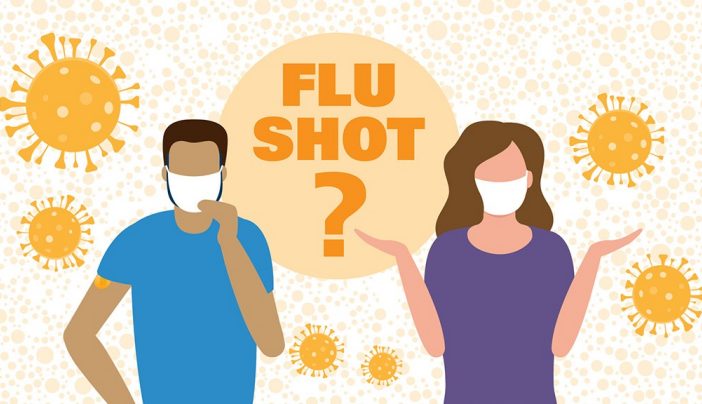Synopsis on Influenza
There are two types of viruses that cause influenza. Influenza A and B! When somebody says they have ‘flu,’ it means they are affected by either of these two viruses. They can spread easily from human to human – transmission from ultra-tiny particles called aerosols and droplets originating from the source of infection. Another possibility is from infected surfaces were contaminated with virus fomites.
Globally 27% of children and 10% of adults are infected by the Influenza virus. Influenza A virus has many sub-types and are known to have caused pandemics. The Spanish Flu of 1920 was a severe strain of Influenza A virus that killed 20 – 30 million people. So mortality under the influenza virus should not be underestimated. Generally, the infection lasts an average of 2 days or more.
Aged People under Risk
As with all viruses, they are a particular set of people who are at risk to influenza as there is a chance that it can lead to serious hospitalization.
They are mainly children >5 years of age, pregnant women, elderly parents, people with compromised immune disorders like cancer, AIDS, asthma patients, weak-heart, etc.
Studies show the rate of hospitalization among children >5 years and aged people are the same. But flu-related deaths remain high for the elderly compared with infants. Often health care workers who are infected also can nosocomially transmit the disease to patients under their care.
Symptoms
The following symptoms may appear for flu:
- Fever
- Cough
- Sore Throat
- Headache
- Runny nose
- Muscle or Joint Pain
Diagnosis
There are ways to spot an influenza virus. Tests include viral culture, reverse transcription-polymerase chain reaction (RT-PCR), rapid antigen test, and Haemagglutination Inhibition (HI). The fastest is the rapid antigen test as it can detect the virus in 15 minutes.
Vaccine:
Flu is seasonal. So there is a recognizable pattern, except in tropical climates where the outbreak is irregular and hard to classify as seasonal from summer and winter outbreaks.
The proper way to protect against the virus as opposed to treatment after getting infected is to take a vaccine. A flu vaccine would generally carry two strains of influenza A and one strain of B virus. The types of vaccines are:
- Trivalent inactivated vaccine (TIV)
- Live attenuated influenza vaccine (LAIV)
The vaccine meant for children <5 years of age, persons aged >50 years of age, pregnant women is TIV. Other non-pregnant and aged between 5-49 can avail of LAIV or TIV depending on the country-specific health policy.
Broadgate general practice medical experts recommend to avail the vaccine for flu, which is relevant to the particular strain of influenza virus that is spreading, as there can be many substrains. The strain-specific immunity is relatively short-lived for the elderly following natural infection from the vaccine.
Cost-Effectiveness of vaccination
Studies of vaccination have shown that it is a cost-effective method to combat the spread of this disease. Internationally available vaccines are reviewed by an established and certain method to determine their efficacy. A seasonal vaccine is a good overall method of keeping flu at bay.
For more details on Influenza or other related flu vaccines, feel free to visit https://www.broadgategp.co.uk/!









